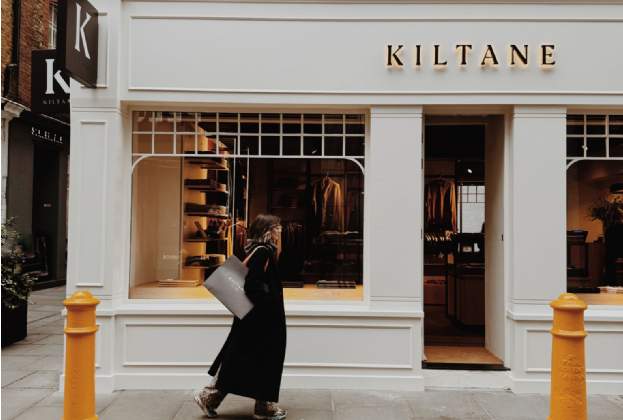Retail repurposing – transforming redundant retail space to accommodate alternative uses – is slowly taking hold across Europe, but only at scale in markets where there’s an excess supply or multiple retail failure.
Consumers returned from the pandemic with higher expectations for what will drive their footfall, resulting in increased focus on convenience-based and experiential-led retail and leisure formats. Consequently, average mid-market schemes that lack a clear point of difference often struggle to remain relevant and compete. We have also seen many retailers consolidating, reassessing store numbers and reducing overheads amid significant cost inflation, which is hitting margins as well as consumer sentiment.
Department stores have been affected particularly badly. In 2020, Debenhams and Topshop went into liquidation in the UK, following the fate of several other high-profile brands in large store formats, with a large proportion of this stock subsequently being repurposed. Changing trends are anticipated to result in 25 per cent excess retail stock in the UK, of which 40 per cent of vacant units are already redundant.
But while the need for repurposing has been most heartfelt in the UK, it’s not alone. In 2019, Canadian department store Hudson Bay closed all 15 stores in the Netherlands. In 2023, Germany’s Galeria Karstadt Kaufhof closed 52 stores, the majority of which are being considered for redevelopment as there aren’t enough alternative retailers leasing large units. It’s estimated that 75 per cent of German shopping centres need to be repositioned or converted.
Retail repurposing was already starting to happen before Covid-19 as part of longer-term structural changes to the consumer-retailer dynamic, but the pandemic brought these trends into focus. We saw increased reliance on convenience and amenity, the importance of health and wellbeing, and an appetite for leisure experiences and food and beverage (F&B). These trends have persisted into 2023 despite consumer inflationary concerns.
The range of uses being considered for redundant retail space is varied and while most notable when accounting for larger stores or portions of shopping centre, small scale adjustments to tenant line-ups means that many schemes are evolving into more blended and relevant propositions. Prime examples include:
- La Vie shopping centre in Porto is undergoing a conversion to offices, with phase one already complete and operating.
- Clerys department store in Dublin has been converted to provide a blend of retail, office, leisure and F&B to reinvigorate a key city high street.
- X-Madrid has seen a struggling traditional big box leisure scheme transformed into an experiential leisure and retail destination of 47,000m2, including surfing, scuba diving, event space, cinema, gaming, leisure and retail, plus a wide range of F&B.
- Maj, Prague has seen a department store repurposed to create a new 17,000m2 shopping centre, demonstrating that repositioning is about creating relevant spaces and not just conversion away from retail.
- Schemes across Portugal, Germany, Poland, UK and Sweden have seen an increase in alternative consumer uses, such as medical and veterinary services, taking single stores or upper floors of shopping centres. This represents an important diversification away from pure retail while extending hours of operation and creating additional footfall drivers.
What about markets where repurposing is not currently a consideration, where the void rates are low, and there’s a pipeline of new retail development? The key question is whether future developments will address the macro trends being felt in more congested markets by building more flexible agile places with a more blended offer, or continue to deliver ‘retail only’ developments. The clear message to the market is that the future of retail is in adopting the right balance of mixed consumer uses if they are to be resilient.
Further information
Contact Tom Whittington
.jpg)
.jpg)







.jpg)
